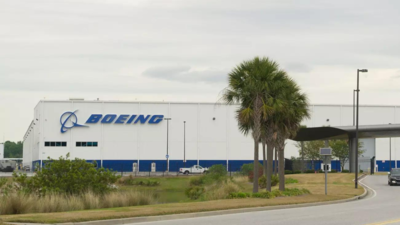Global aviation forecast dips slightly: Boeing sees fleet nearing 50,000 by 2044; cites post-pandemic supply chain woes

The Boeing worldwide commercial aircraft fleet is projected to reach nearly 50,000 aircraft by 2044, with the majority manufactured during the upcoming two decades, as indicated in Boeing’s latest forecast published on Saturday.The total fleet will increase to 49,600 aircraft, slightly lower than Boeing’s previous yearly prediction, the company announced before the commencement of the Paris Air Show on Monday.Developing markets “with expanding middle classes, dynamic and competitive airline networks and sustained aviation investment” will constitute over half of the commercial fleet by 2044, increasing from about 40 percent in 2024, according to Boeing.The report highlights the impact of post-pandemic supply chain challenges. “The supply chain has probably had a small role in our slight reduction in deliveries over the next 20 years,” said Boeing vice president of Commercial Marketing Darren Hulst during a briefing last week, as quoted by AFP.This announcement preceded the Air India Boeing 787 Dreamliner crash in Ahmedabad on Thursday. In response to the incident, which claimed 279 lives, Boeing CEO Kelly Ortberg and commercial aircraft division head Stephanie Pope withdrew from the event.Boeing anticipates yearly passenger growth of 4.2 percent, surpassing the 2.3 percent annual GDP growth. “New aircraft deliveries haven’t been able to keep up with the demand,” Hulst said, estimating a “cumulative shortage” of approximately 1,500 to 2,000 aircraft. However, Hulst believes delivery rates to improve through the remainder of this decade.Of the 43,600 new aircraft needed through 2044, about 21,100 will substitute existing aircraft whilst 22,500 will address increasing demand in China and emerging markets. These statistics demonstrate substantial growth from 2004’s global fleet of 16,780 aircraft.The industry’s transformation is evident as the top 10 aviation firms in 2004 represented 45 percent of the global fleet, predominantly North American and European companies. Currently, the leading 10 companies comprise only 30 percent of the market, with increased representation from Asian and Middle Eastern organisations – regions previously unrepresented in the 2004 top rankings.





